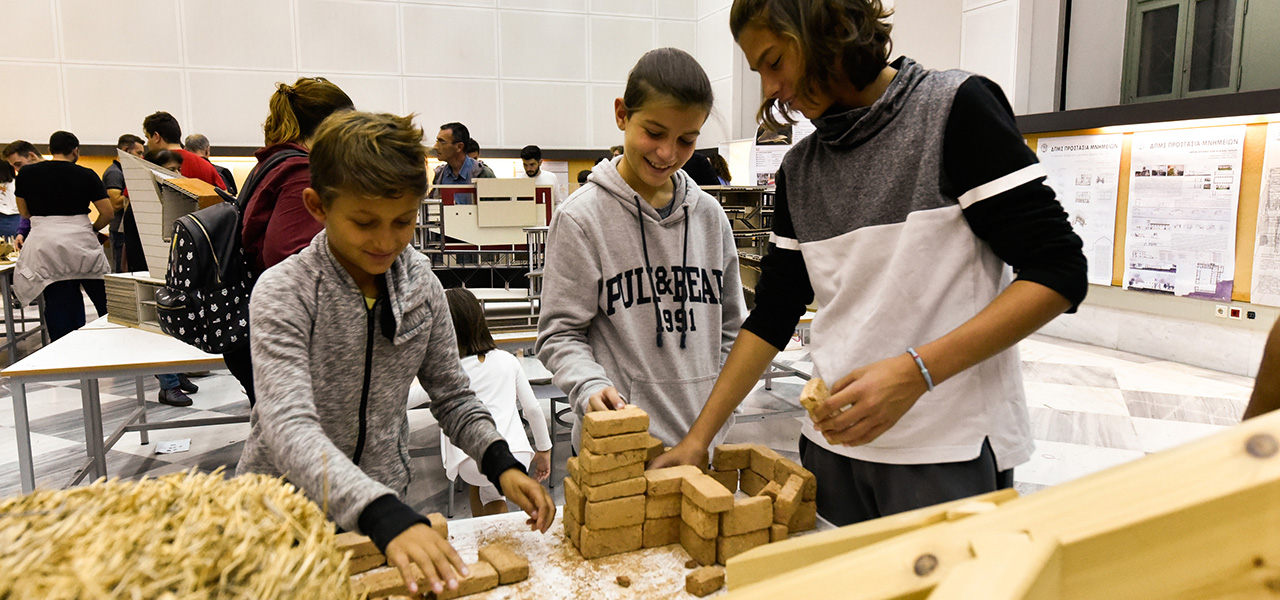This course covers the history of architecture and art in the Mediterranean and the Near East after the spread of the Arabs in the 7th century. Specifically we discuss: the emergence of new streets of commerce and urban life; The old cities and the new capitals; The castles in the deserts and the first Arabic mosques, their stylistic and typological influences. It is also examined the Arab architecture in the East and Europe (Spain, Sicily): The synthetic principles, the symbolism, decoration, and spatial formation; The styles and decoration materials; The architecture of landscapes, the gardens and the role of water; The Roman-Byzantine and Persian influences; The tradition of late antiquity in the Medieval West, Byzantium and Islam. Finally, it is discussed the Seljuk architecture, and the Ottoman architecture in Asia Minor, Constantinople and Greece: The web of cities, the dwellings and the public architecture, the markets, the public institutions, the mosquoes, the baths, the hans etc.
Teacher
- Georgia Marinou, Professor

